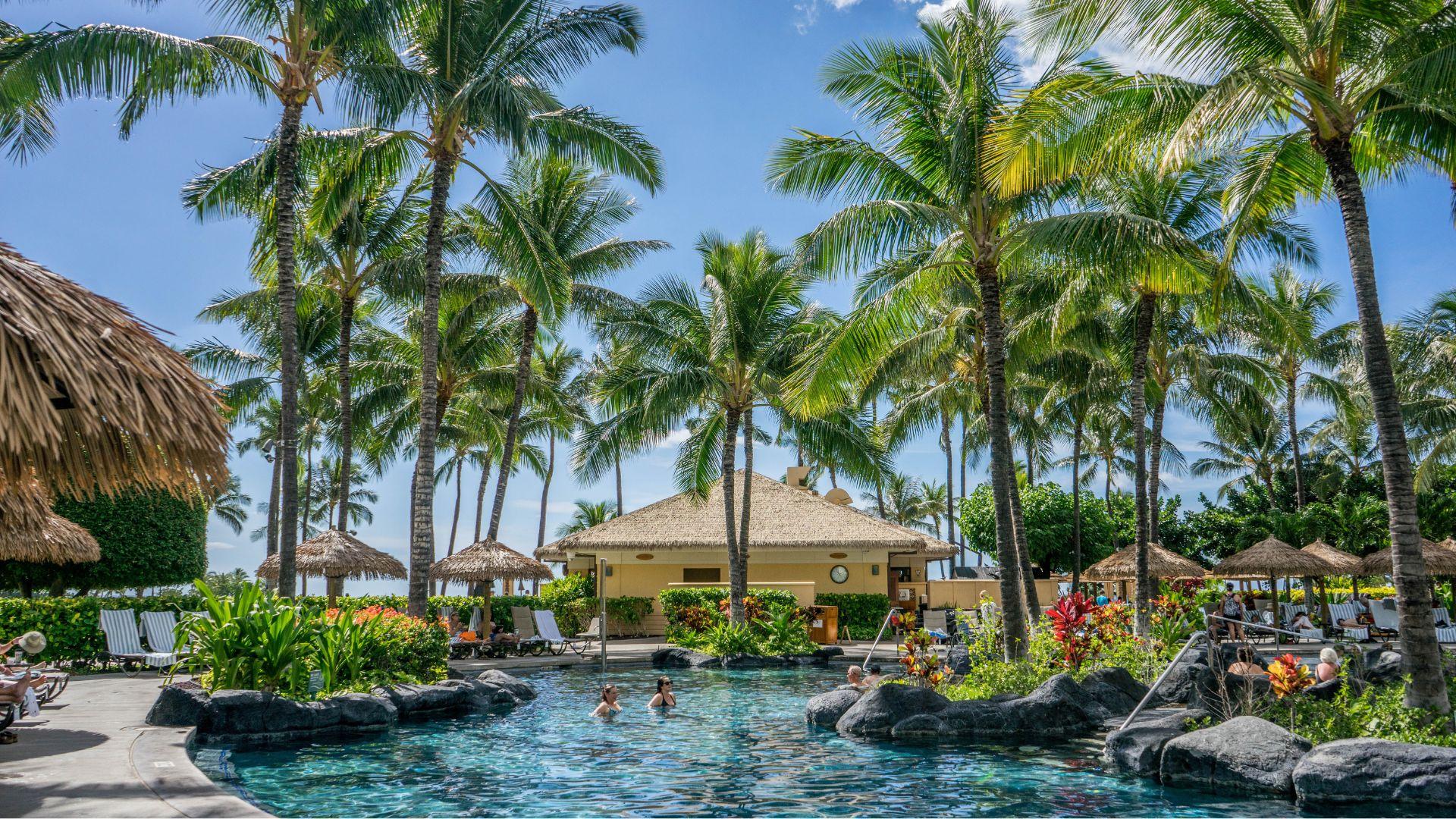Hawaii is a gorgeous tropical archipelago that is a dream vacation for many. From beautiful beaches, to surfing and other water-sports, to astounding volcanoes and natural wonders, to the all-encompassing spirit of aloha, visiting can result in a truly life-changing vacation. However, if you choose to visit, you must be respectful and responsible.
Luckily, there are many locals who are happy to share their expertise about the islands and tourism, including journalist Ashley Probst, who was born and raised in Hawaii. Here are some guidelines for tourists to avoid—both to respect Hawaii and to stop wasting money.
Cheap, Mass-Produced Souvenirs
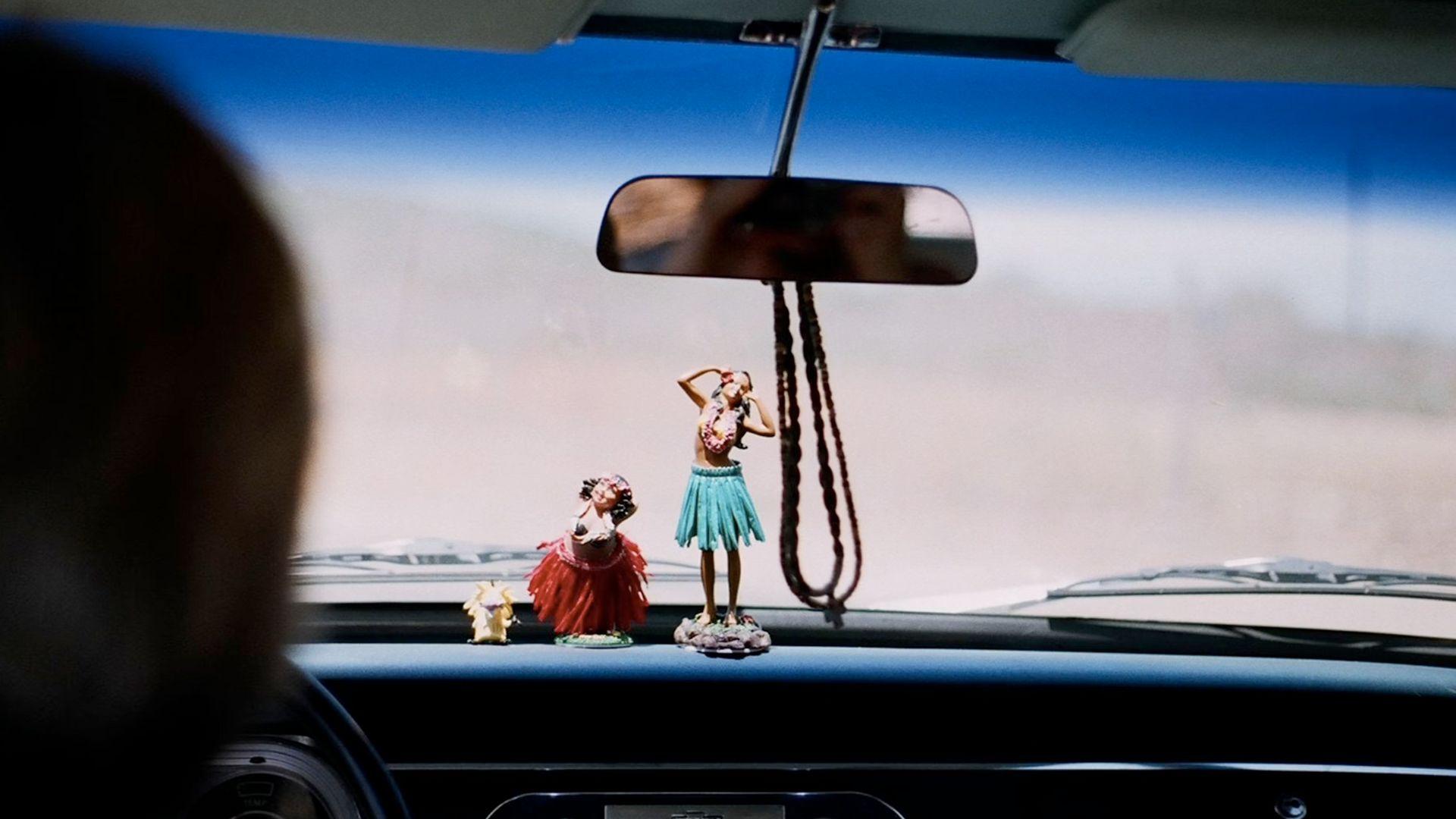
Many souvenirs are merely inexpensive imitations of genuine cultural artifacts. Take the Tiki, for instance: this emblematic symbol holds deep spiritual significance in Polynesian culture, representing deities and ancestral spirits. However, tourists often settle for a low-cost trinket version they can buy at a gift shop, rather than actually appreciating their authentic meaning.
These mass-produced trinkets, like tiny Tikis, are typically manufactured overseas from synthetic materials, lacking the depth and energy of traditionally hand-carved wood. While authentic pieces crafted by local artisans may come at a higher price, investing in their work supports their craft and ensures you receive a momento with genuine cultural significance.
Environmentally Unfriendly Sunscreen
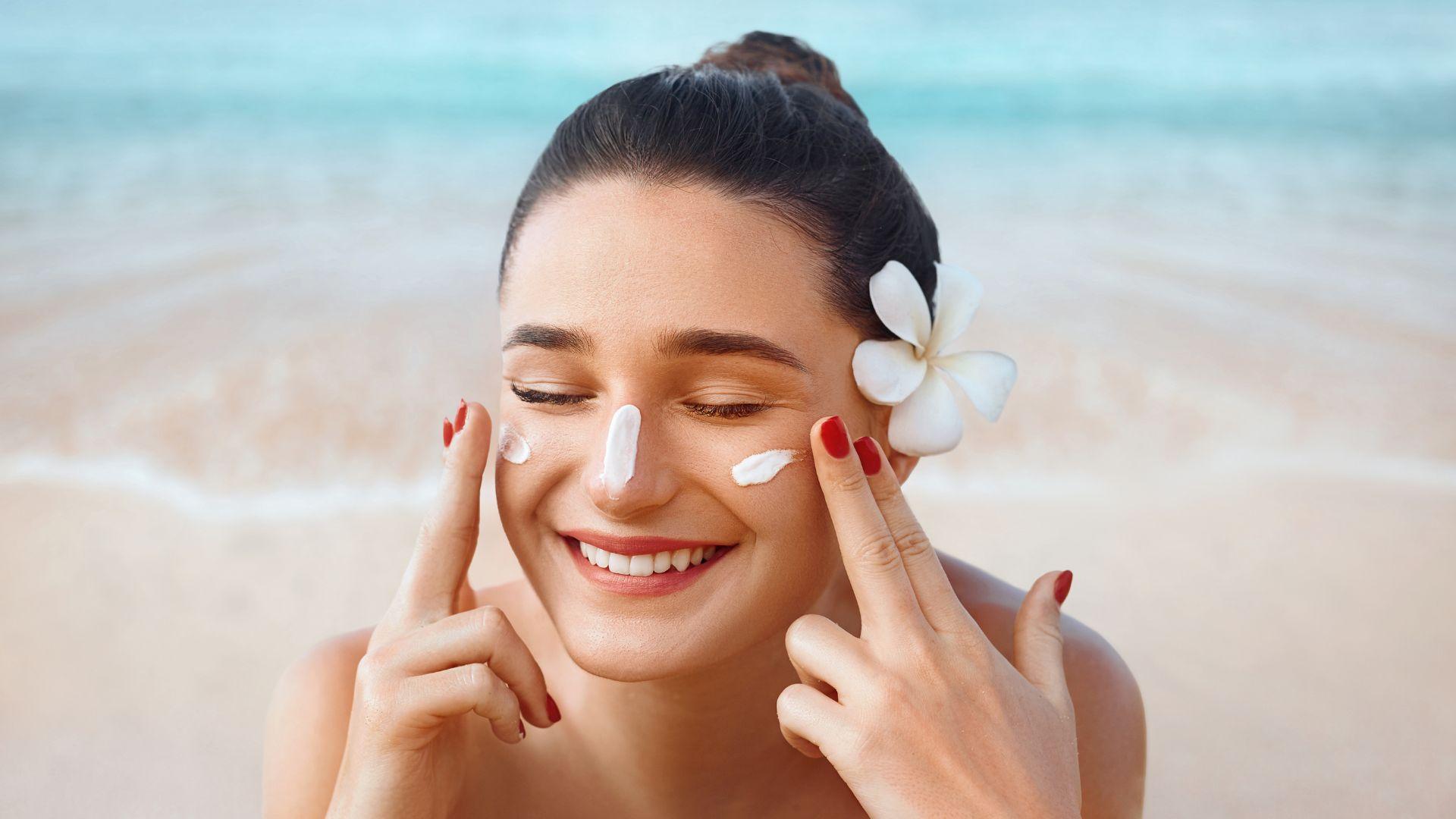
In 2021, Hawaii enacted legislation to prohibit the sale of sunscreens containing the harmful chemicals oxybenzone and octinoxate, which damage coral reefs. Despite this law, some shops in Hawaii still offer products with these substances; of course, the sunscreen you bring with you may also contain these harmful chemicals. Choosing these sunscreens, even if they are less expensive, can have detrimental effects on the local environment and communities.
To support the preservation of Hawaii’s delicate ecosystems, it’s crucial to opt for reef-safe sunscreens. These products, ideally in reusable or recyclable packaging, help to protect both the environment you’re visiting and your skin.
Chain Restaurants – Eat Local Instead
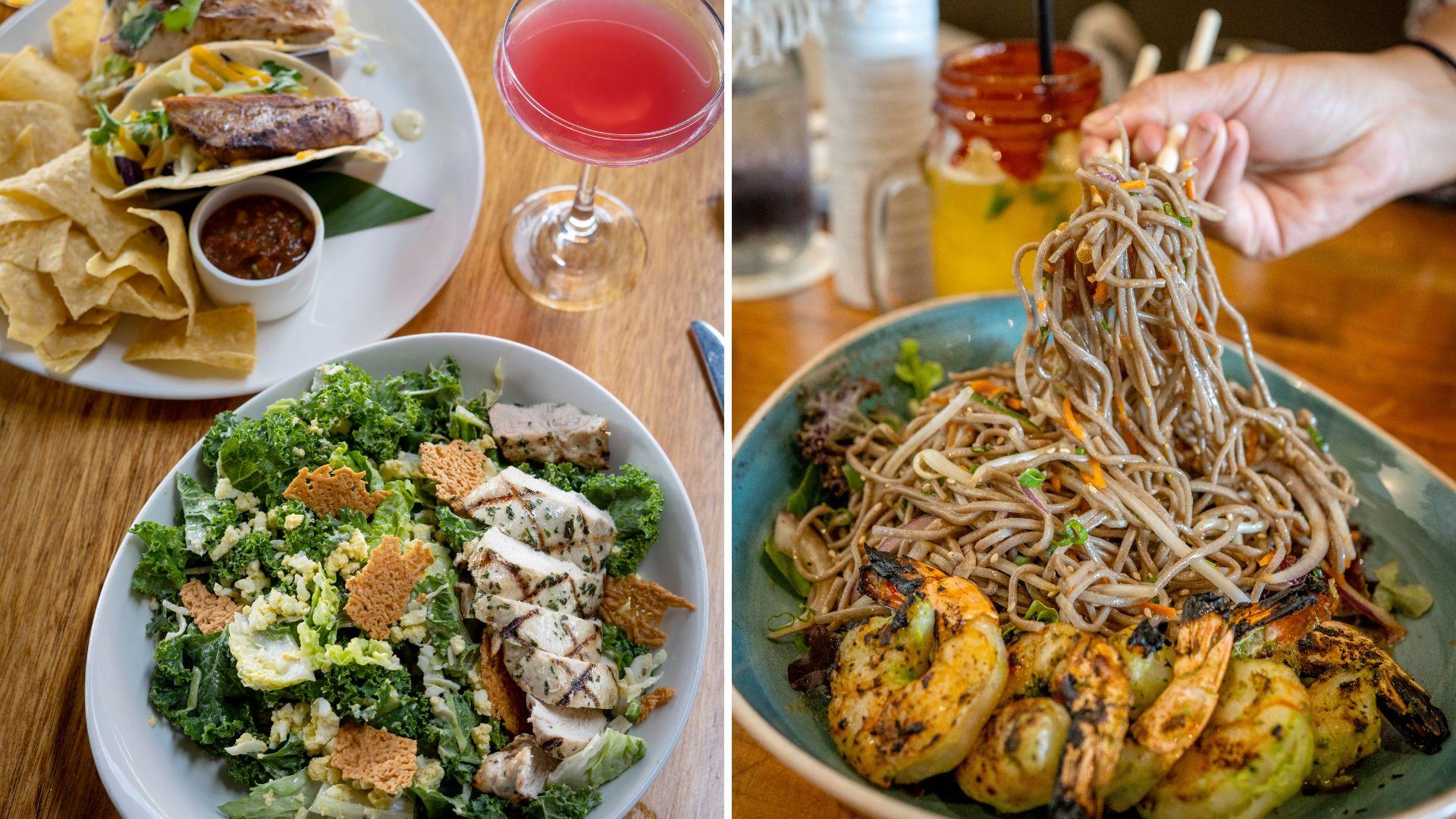
This past summer, Maui saw the arrival of two well-known fast-food chains from the mainland, Chick-fil-A and Raising Cane’s. Some residents have expressed concern that these new outlets might take customers away from local, independent, island establishments.
Traveling to Hawaii offers a chance to savor unique Pacific-island cuisine that you won’t find elsewhere. Rather than dining at familiar chains, consider supporting local eateries and immersing yourself in the authentic flavors and dining experiences that Hawaii has to offer.
Fake, Plastic Leis – Get a Natural One!
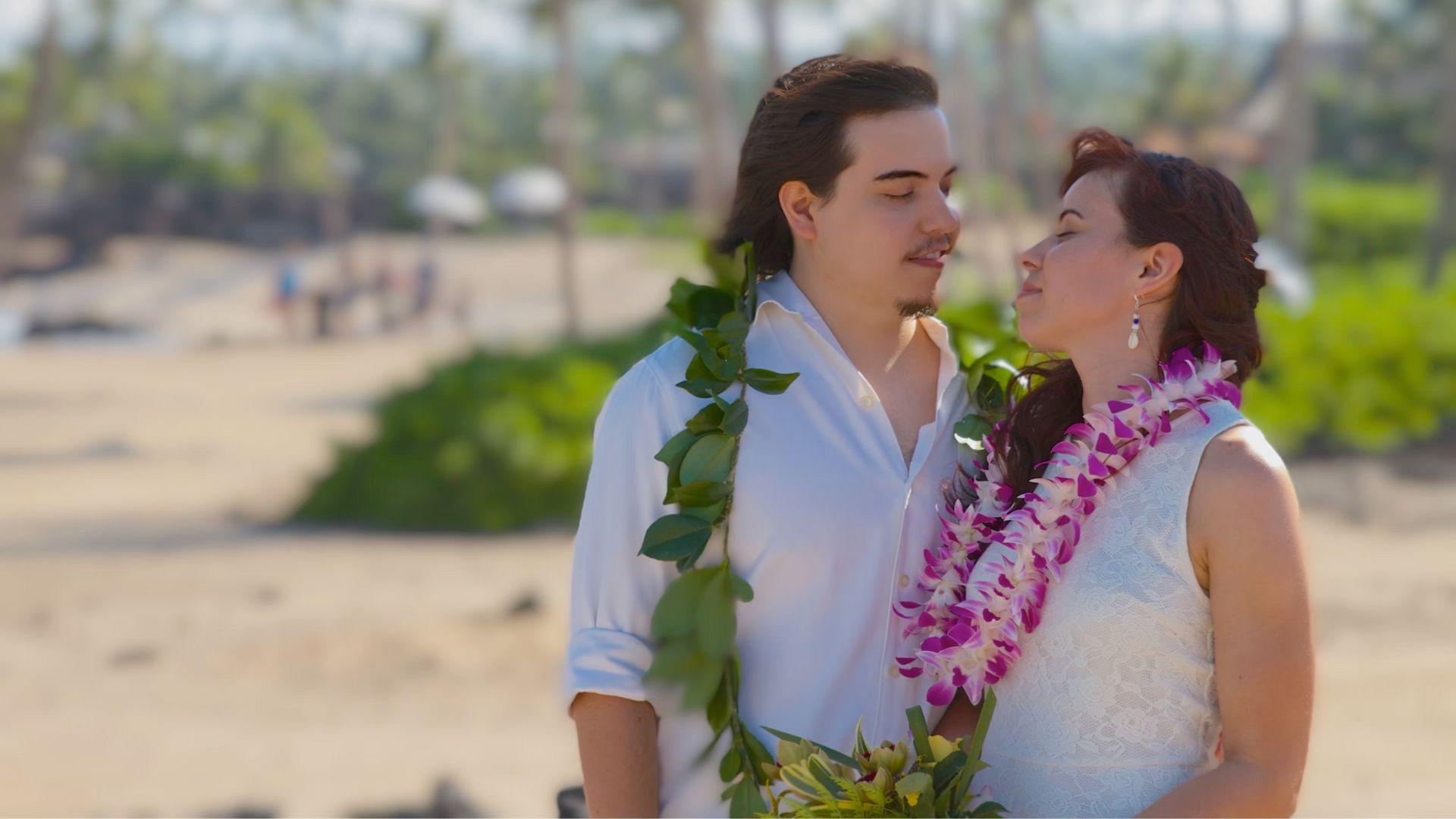
Plastic leis and artificial floral accessories may serve as keepsakes, but they fall short of capturing the true aloha spirit. While in Hawaii, embrace the local culture by donning a lei crafted by a skilled local artisan. Alternatively, you could adorn yourself with a fresh flower found in the natural surroundings (if you are allowed to pick it—obviously do not disturb any flora that belongs to someone and do not be excessive).
If you wish to take a lei home, opt for one made from authentic kukui nuts, which are sourced from native Hawaiian trees. Avoid synthetic versions to ensure your souvenir remains a genuine symbol of your Hawaiian experience.
Tourist Traps
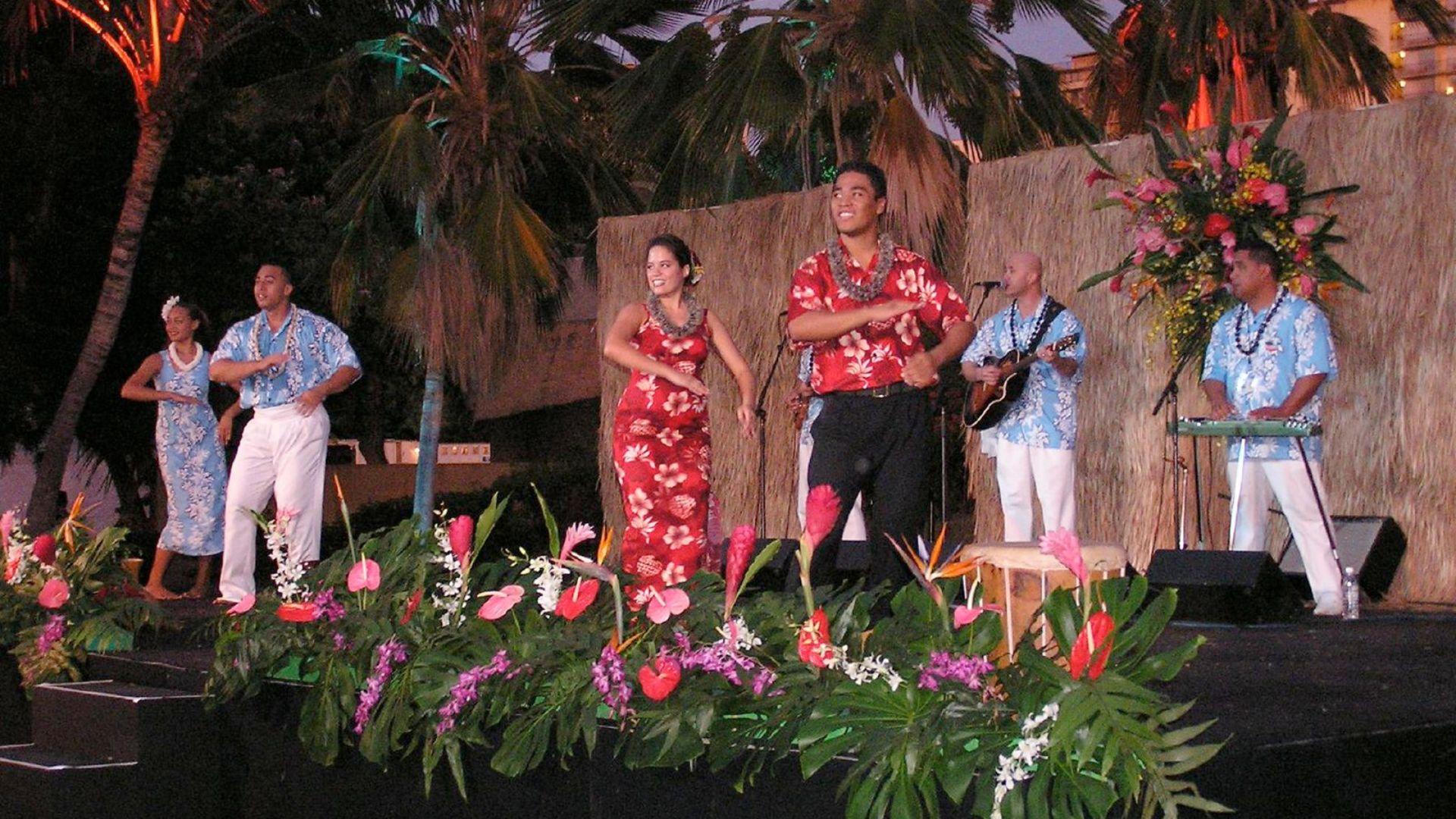
Popular tourist attractions on each Hawaiian island often attract large crowds but may not always enhance the quality of a vacation. Some visitors find that these well-known spots can be overcrowded, underwhelming, and costly, leading to a waste of time and money.
You don’t want to be disappointed on your vacation, so research unique and interesting places to visit. Venues dominated by gift shops are frequently indicative of tourist traps, where the primary focus is on extracting money from visitors rather than offering substantial value or unique experiences.
Beach Toys – Think Before Buying Them
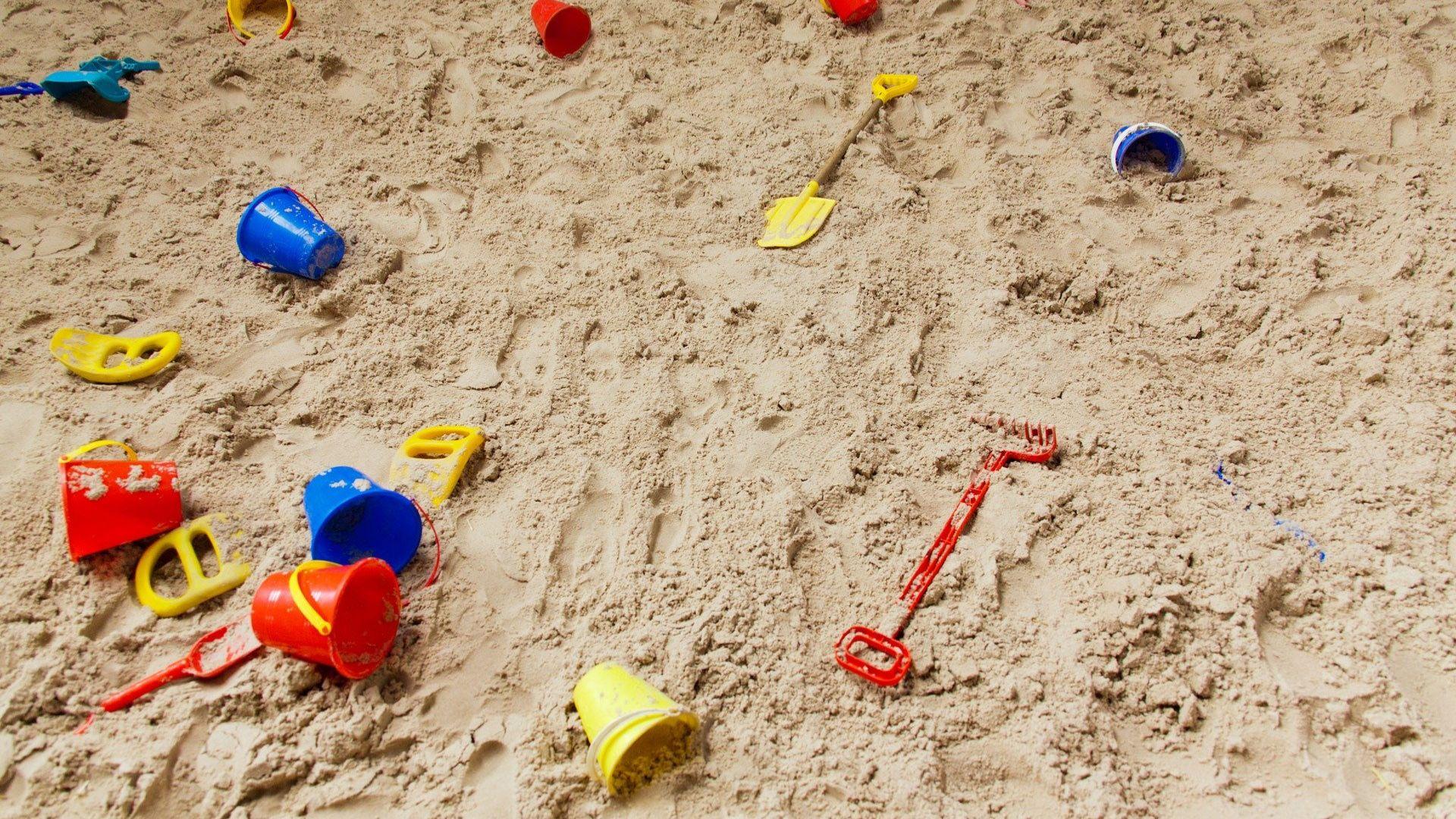
Convenience stores and gift shops on the islands offer a range of water toys, including snorkels, sand toys, inflatable tubes, and boogie boards. However, these items are often discarded by visitors after their trip, contributing to landfill waste and littering the beautiful local beaches.
A more sustainable option is to rent these products from beachfront kiosks or local businesses such as Snorkel Bob’s. This approach helps reduce environmental impact by ensuring that equipment is reused and managed properly.
Resort Cocktails – Usually Overpriced
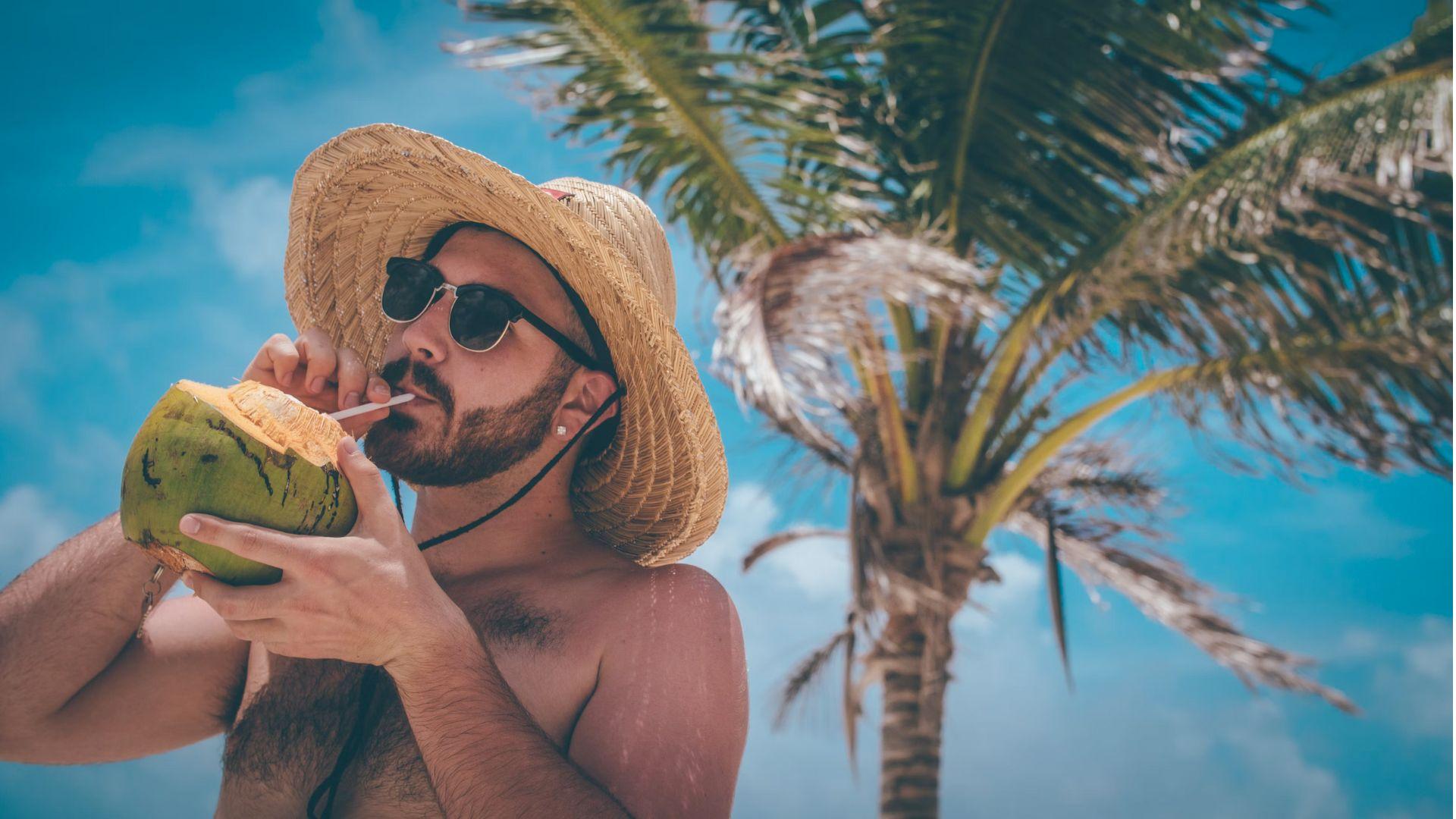
Hotel bars often charge high prices for cocktails, with some “upgraded” drinks served in coconuts or pineapples reaching nearly $40. While these drinks may provide a visually appealing experience perfect for an Instagram post, the cost is really rather excessive.
The experience of enjoying a cocktail poolside can add to its value, but for those looking for a more economical option, seeking cocktails outside the hotel is advisable. Local bars and restaurants typically offer better prices for drinks such as a mai tai, making them a more cost-effective choice.
Matching Outfits
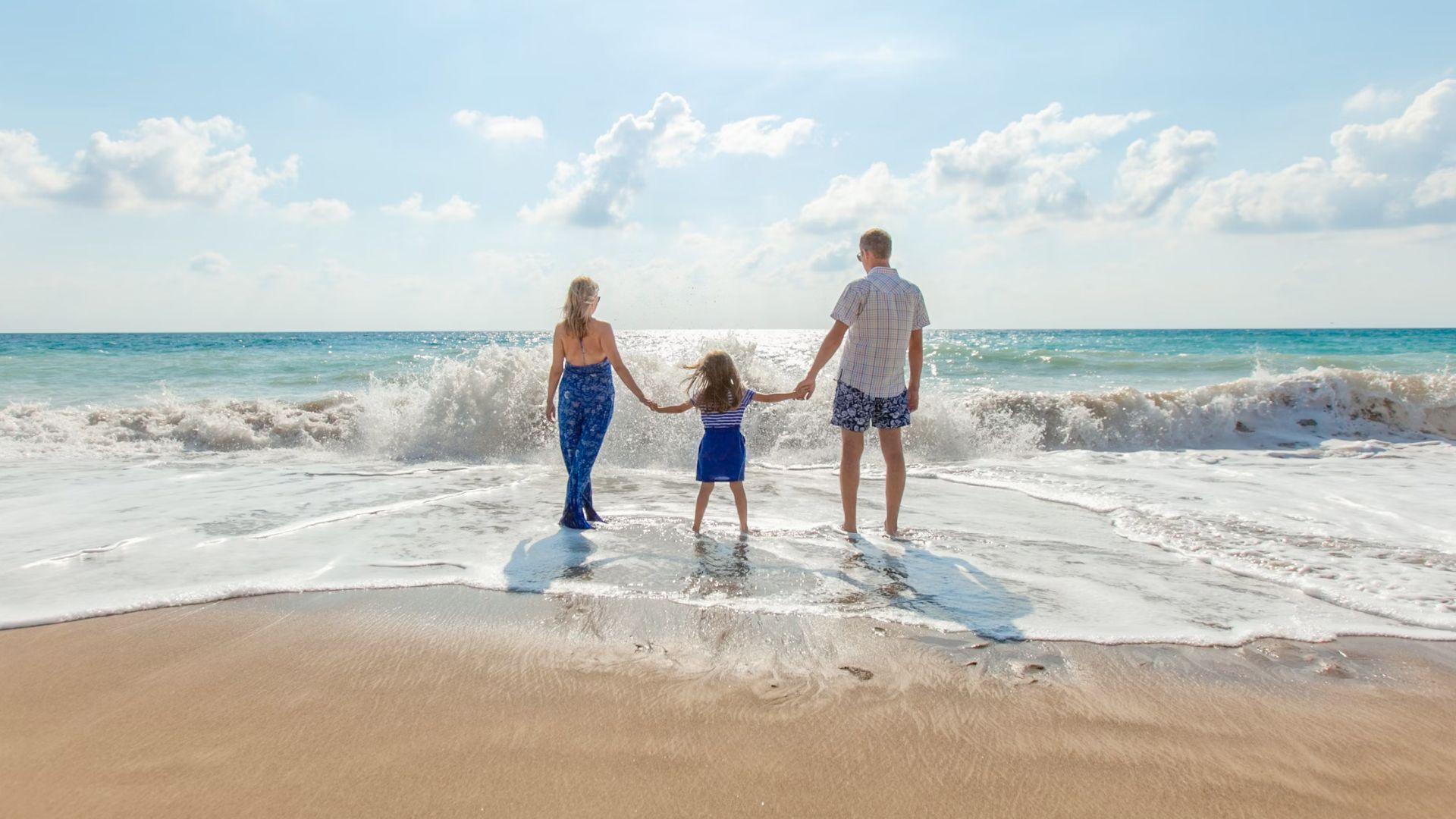
Coordinating outfits with your partner or family can make for charming vacation photos and create a fun, unified look. However, it’s worth thinking about whether these matching clothes will be used again once you’re back home. Investing in items you’ll likely wear only during your trip might not be the most practical or environmentally-friendly choice.
Additionally, keep in mind that many tourist shops offer similar styles and patterns, so you might find yourself blending in with other vacationers rather than standing out. Choosing unique and versatile clothing can help ensure you don’t stick out as an obnoxious tourist and that your vacation wardrobe remains special and useful long after the trip ends.
Go to Hawaii for the Right Reasons
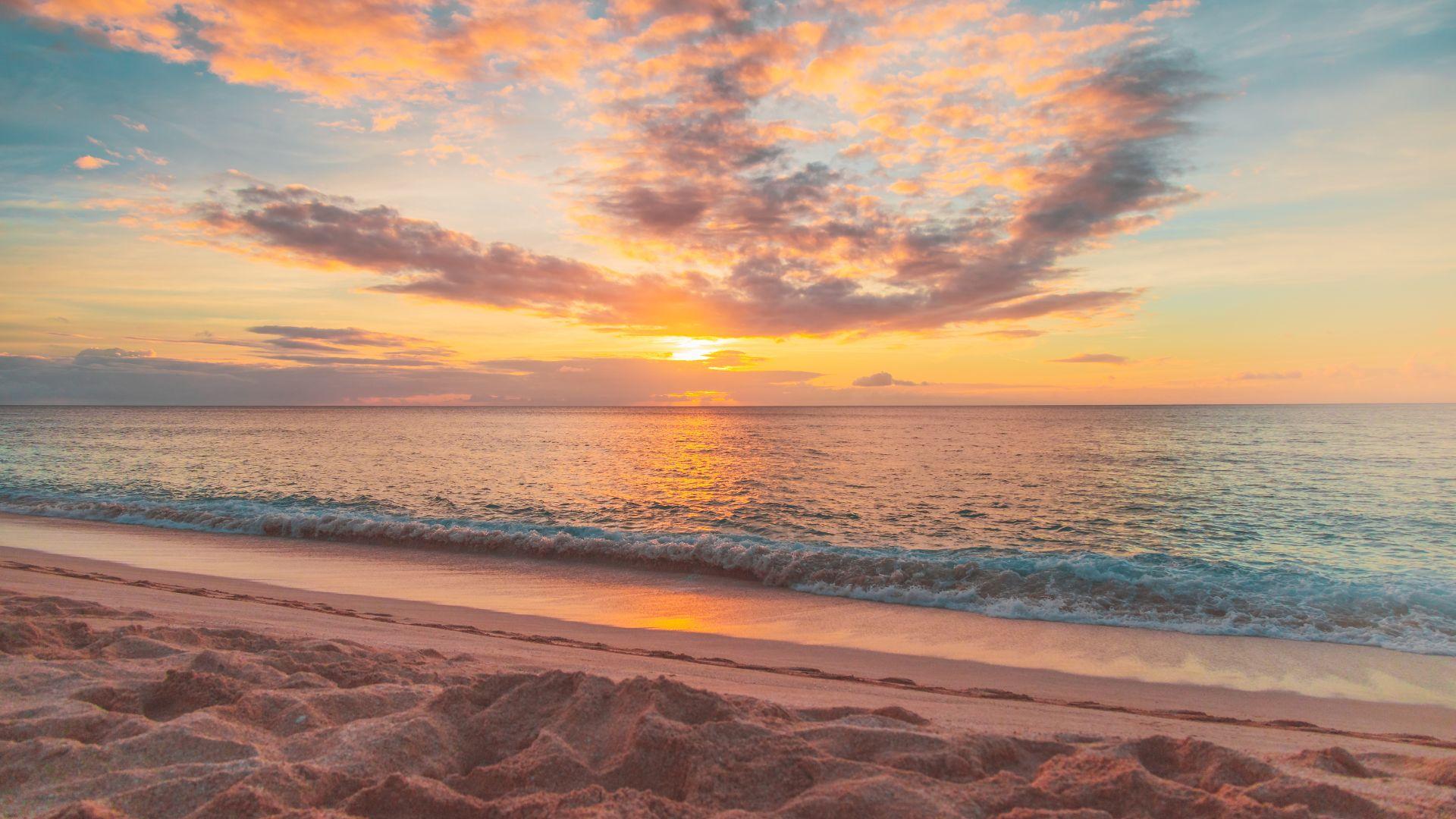
It must be acknowledged that many native Hawaiians are fed up with tourism. Many tourists can be disrespectful. Overwhelming tourism has displaced native Hawaiians because of the skyrocketing cost of living in areas. Natural wonders, like beaches and reefs, are being destroyed due to a large number of careless tourists.
In the words of native Hawaiian Keani Rawlins-Fernandez, “visit responsibly, respect local culture, and minimize one’s footprint.” Additionally, make sure to “come with respect and gratitude, not entitlement.” Tourism is a major part of Hawaii’s economy, and it can be a truly amazing place to visit, but make sure you are visiting Hawaii for the right reasons. Take the above advice and ensure to respect the local environment and culture.

